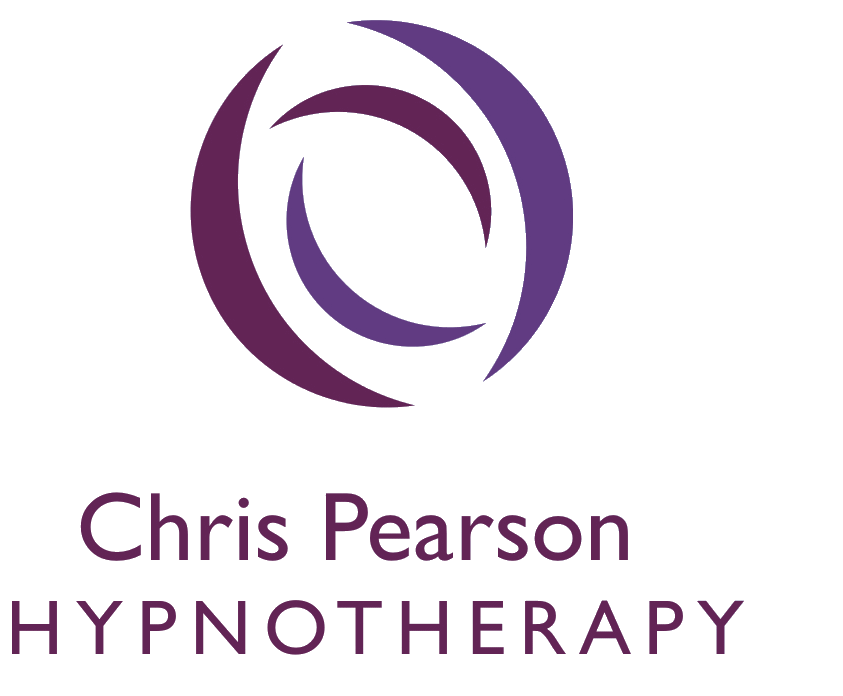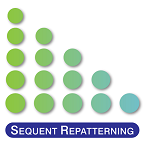
Sequent Repatterning –
a therapy developed to treat misophonia
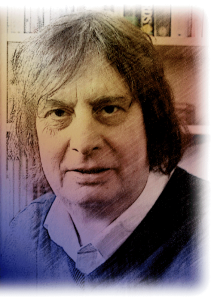
Sequent Repatterning is a therapy which has been designed and developed specifically to treat those having misophonia. It recognises that misophonia is a neurological condition and approaches its treatment through a methodology underpinned by solid neuroscience.
The therapeutic framework was developed by Chris Pearson working in UK. It was implemented during 2014 the therapy has now become more widely available to those with misophonia since early 2015. A ![]() huge benefit of this therapy is its effectiveness when provided remotely, online. Usually the secure telemedicine platform VSee is chosen for this purpose, having the appropriate features and durability in practical use.
huge benefit of this therapy is its effectiveness when provided remotely, online. Usually the secure telemedicine platform VSee is chosen for this purpose, having the appropriate features and durability in practical use.
Those properly trained in Sequent Repatterning are required to demonstrate their skills and present a case study before being listed as a properly certified practitioner. Training is restricted to those suitable qualified and experienced in the application of clinical hypnosis along with at least time-line therapies, integrative parts work and NLP technqiues. Those practising sequent repatterning are listed on the Misophonia Treatment Institute web site: here. Working closely with Tom Dozier and the Misophonia Treatment Institute (MTI) we are now providing therapy to clients world-wide. Our team includes four therapists based in UK, one in Canada and another in The Netherlands.
There is a web site, sequent-repatterning.co.uk, providing more information on this therapy.
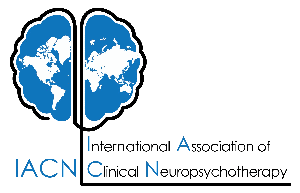
Chris Pearson says, “I was pleased to be invited to present sequent repatterning to the Neuropsychotherapy Conference in Brisbane, Australia in May 2017. There were three conference slots devoted to misophonia: Rita Princi gave a keynote. I spoke on the condition and its treatment, reviewing more than 200 cases. I then chaired a discussion group on misophonia more widely and the neuroscience that underpins its effective treatment.”
He continues, “In summary, in the time up until April 2017, a total of 204 case files were opened. Of those, I completed therapy with 197 clients and the outcome of that work averaged a 55% reduction in symptoms, as measured by the MAQ score. Some clients experienced complete remission of symptoms and, in fact, only eight – that’s around 4% – recorded less than a 20% reduction. These results are broadly in line with the success of other sequent repatterning practitioners.”
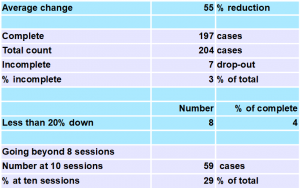
If you’d like to find out more about therapy or about training to practice sequent repatterning, please get in touch, here.

